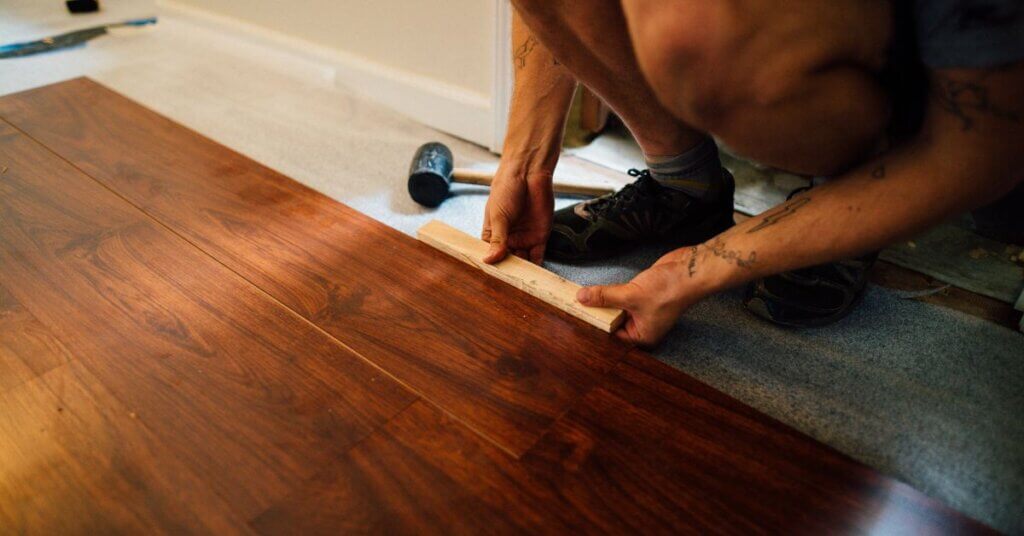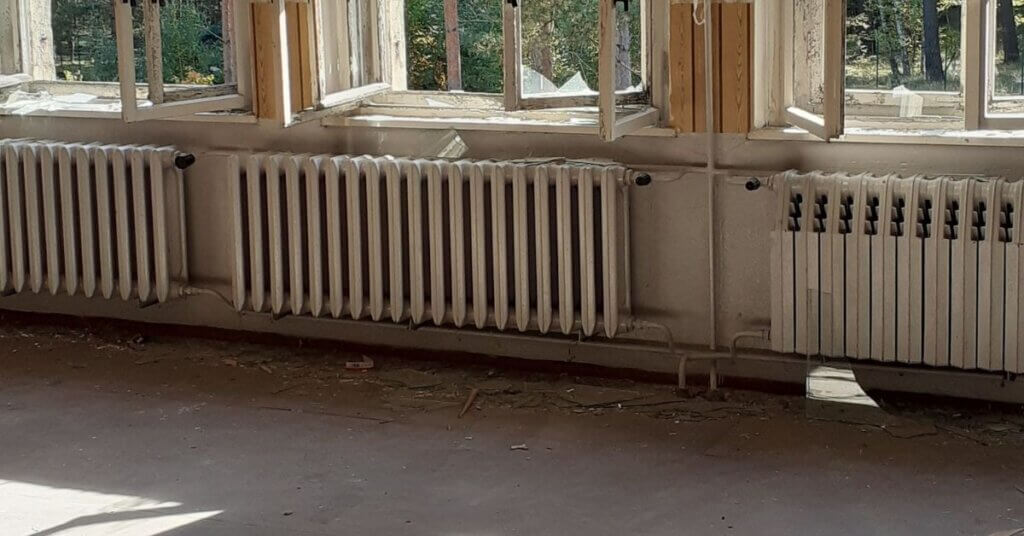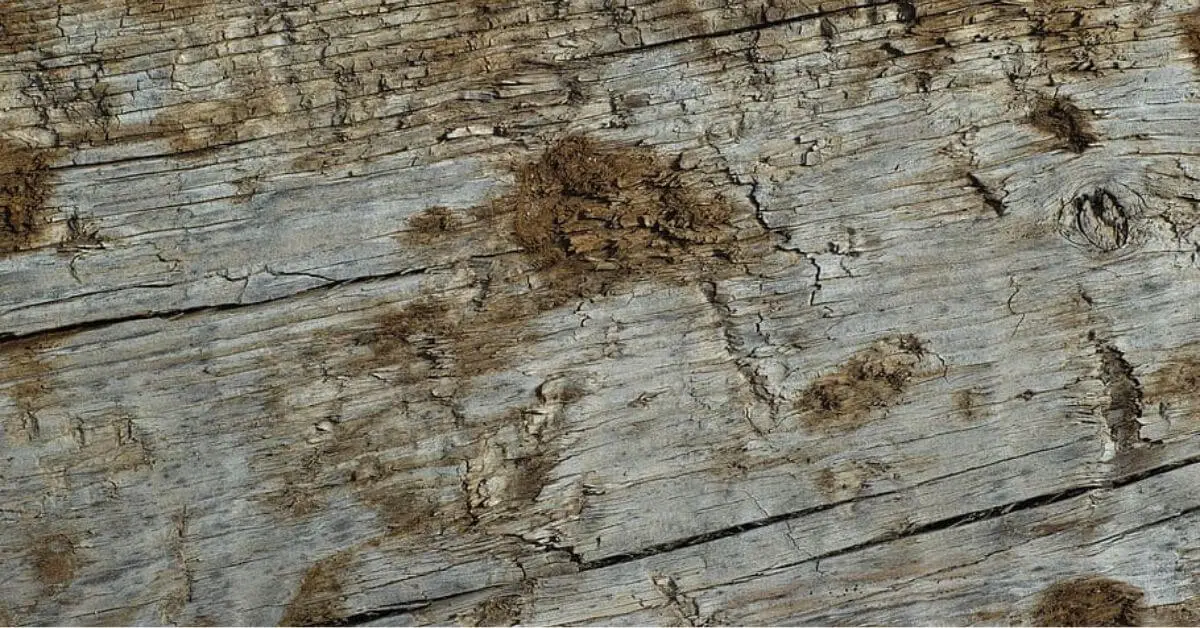As an Amazon Associate TimberBlogger.com earns from qualifying purchases.
Wooden flooring enhances the natural beauty and also increases the value of the home. Wood floors are durable and stable. A durable hardwood floor can withstand daily wear and tear and is less prone to dents. Hardwood flooring is relatively easy to clean and maintain, requiring simple regular maintenance.
But prolonged exposure to moisture can affect any type of wood floor, resulting in the floor swelling, warping, or mildew. If it is not controlled in time, it spreads over the entire floor and spoils it.
If you suspect you have mold under your wood floors or have any symptoms of mold, it’s important to address the problem right away to prevent further damage to the floor and potential health risks. Consulting a professional mold inspector can help you assess the situation and determine the appropriate steps to take.
Common Causes of Mold Growth Under Floor
- Excess Moisture or Water Leaks: Moisture is the biggest enemy of wooden flooring. Prolonged exposure to moisture affects wood and causes mold.
- Poor Ventilation: There is no proper ventilation in the house or room, due to which high or low humidity also causes the formation of mold.
- Poor Drainage: Due to poor drainage, water does not drain quickly, leading to issues such as waterlogging or seepage.
- Improper Installation: If you don’t seal and protect wood blocks, excess moisture can seep in, causing the floor to stain, warp, and develop mildew.
- Types of Flooring: There are many different types of wood used for wooden flooring. But not all wood is durable and stable. Oak, walnut, hickory, maple, and cherry are the best for flooring.
- Irregular Maintenance: Any wooden flooring needs regular maintenance. So that if there is any defect, it can be fixed before it increases further.
6 Steps to Clean Mold Under Wood Floors

Step 1: Wear Safety Gear
Since cleaning or exposure to mold can be a health problem, wearing safety gear is essential. It is often noticed that coming in contact with mold can cause problems like sneezing, coughing, breathing, and watery eyes.
Step 2: Clear the Entire Area
Move furniture, pots and all other things from the area in which the mold has expanded. So that the mold can be cleaned properly and it can also be prevented from spreading to other furniture.
Step 3: Identify the Mold
In this step, we will identify the moldy area. Discoloured, distorted, warped floorboards and a musty smell are strong indicators that you have a mold problem under the wood floor.
Step 4: Remove the Floor Blocks
Since you know where the mold is under the floor, remove the wood block of the floor. It would be better that, apart from the rotting block, you also remove the other blocks around it so we can clean it further and not give it any chance to mold to grow.
Professionals use various tools such as floor scrapers, sledgehammers, hammers and masonry chisels to remove floor blocks.
Step 5: Clean Mold
In this step, we will be cleaning the mold, so that we will need a vacuum cleaner and appropriate mildew and mold cleaner.
Spray the cleaner or bleach solution on the mildew-affected area and leave it for 10 minutes. (Follow the instructions on the cleaner bottle]. You can clean off the mold with a rag or medium hard brush. You can also sand the molded part if needed.
Make sure the mold is cleaned thoroughly. Otherwise, the mold may re-grow. If you believe the wooden block requires replacement, opt for substitution rather than repair.
After cleaning the mold, allow the blocks to dry completely. You can also keep it in direct sunlight for a while but not too long, as it may change the block’s colour.
Step 6: Install the Flooring Blocks
In this step, we will re-install the floor blocks and properly seal the gaps between the two tiles or blocks so that moisture does not seep in.
Five Ways to Prevent Mold Growth in Your Wood Floor
It is better to prevent mold before it starts to develop under the floor to save time and money. Here are five proven methods that you should try.

Keeping Dry Your Floor
The floor is such an area which is mopped daily, and if there is a crack anywhere in the floor or a gap between two tiles, then there is a possibility of that moisture entering inside. The internal moisture of the floor does not dry out quickly, and the floor blocks tend to develop mildew if exposed to moisture for a long time.
If there is any part of the floor where water collects, clean the water and make sure that part is dry.
Check Humidity Level
Humidity is a favourable environment for mold growth, and It helps mold to grow fast. When a room is humid, the moisture on the floor doesn’t dry up quickly.
High humidity damages your floor and has a bad effect on your body. That’s why it is necessary to check the humidity level of your house through a Hygrometer. The best indoor relative humidity falls between 30% and 50%. The ideal humidity level in the house should be around 45%.
Regular Inspections
Regularly inspect your floors so that you can spot and prevent mold growth. Regular inspections also help you maintain the floor at its best by identifying areas that may need refinishing, re-staining or other forms of maintenance. If you find a part that is rotting or musty smell, you can fix or replace it.
Proper Ventilation
There should be Proper Ventilation in your house or room. Proper ventilation keeps the air fresh and makes a healthy indoor environment, which helps to prevent high humidity and low humidity.
Professional Maintenance
Professionals can identify early signs of problems such as wear, damage or mold that may not be immediately visible to the unprofessional eye. Thereby preventing further damage and costly repairs.
The professionals have high-quality products and industry-specific technology that effectively clean, polish and protect wood floors.
FAQs
Q1: Is It Safe to Clean Black Mold Yourself?
Yes, mold under wood floors can be cleaned yourself if the mildew beneath a wood floor is spread over a small area and you have the proper tools to remove and reinstall the floor.
It is not recommended to clean moldy floors yourself, and you can hire a professional floor cleaner because cleaning them yourself can be a health problem if you’re not careful.
Q2: Will Mold Under Wood Floors Affect Indoor Air Quality?
Yes, mold can release spores into the air, potentially affecting indoor air quality and causing health issues.
Q3: How Can I Prevent Mold in High-Humidity Areas?
Use dehumidifiers, ensure proper ventilation, and promptly address leaks or moisture sources.
Q4: Can I Save My Wood Floors After Removing Mold?
Yes, in most cases, you can save wood floors after removing mildew, but not always. To prevent mold from reoccurring on the floor, you must thoroughly clean the mould.
Q5: Is Mold Always Visible If It’s Present?
No, mold can grow hidden beneath surfaces, so musty odours, discoloration, and warping are key indicators.

